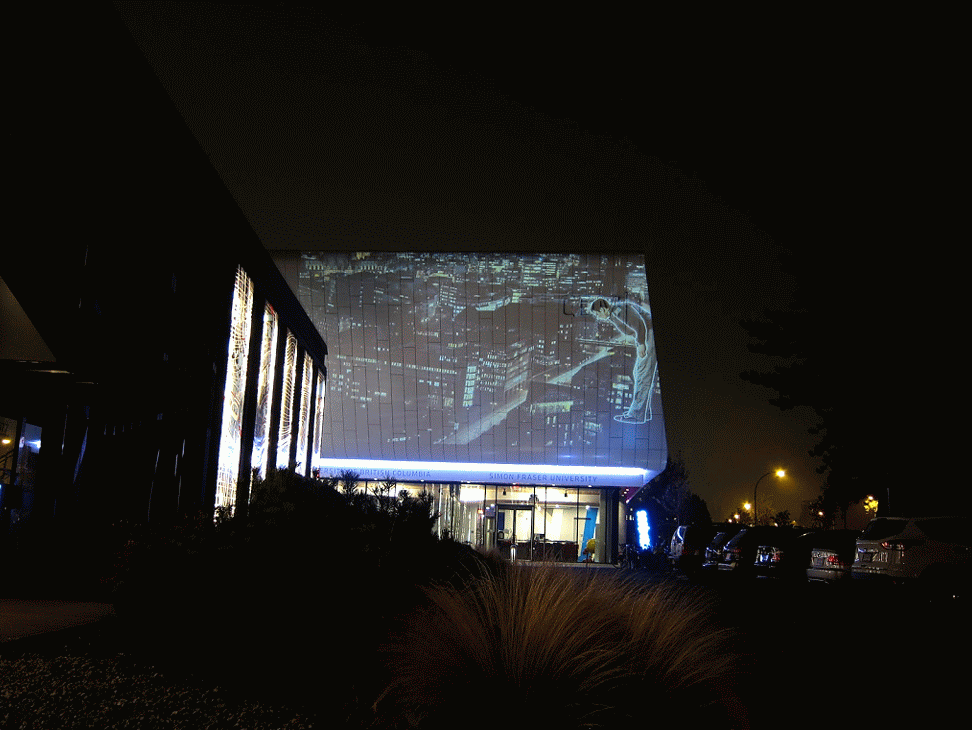there hidden, far beneath and long ago.
February 20 to April 5,2025.
Artist: Moozhan Ahmadzadegan.
Curated by Whess Harman
Nee’ Shah | Our House
December 5, 2024 to February 1, 2025.
Artist: Teresa Vander Meer-Chassé.
Curated by Whess Harman
Mapping Ancestry through Sound, Space and Time.
October 3 – November 16, 2024.
Artist: Stina Baudin.
Curated by Whess Harman
HOHOL (Hang Out Hang Out Lang)
June 15th – August 17, 2024
Artists: Christopher Baliwas, Trisha Baga, Patrick Cruz, Ella Gonzales, Ramolen Laruan, Lani Maestro, Manuel Ocampo, Christian Vistan, Thea Yabut. With a text by Patrick Flores.
Curated by Patrick Cruz and Christian Vistan
a memory with you: of holding, of carrying together
April 4th – June 1st, 2024
Artist: Maria-Margaretta Cabana Boucher
Curated by Whess Harman
Inside/Out: the art show my dad never had
February 2 – March 16, 2024
Artists: Sue Dong Eng, Mercedes Eng
Curated by Mercedes Eng and Keimi Nakashima-Ochoa
Daughter Daughter Daughter
November 23, 2023-January 21, 2024
Artist: Sora Park
Curated by Whess Harman
Enticed and Entagled en algo Antiguo
September 14-November 4, 2023
Artist: Francisco Berlanga
Curated by Whess Harman
Syncretic Birthrights
May 12-July 8, 2023
Artist: Odera Igbokwe
Curated by Whess Harman
Ladykiller the Maneater
March 16-April 29, 2023
Artist: Alison Bremner
Curated by Whess Harman
Three Way Mirror
December 2nd 2022—January 21st 2023
Artists: Daniel Barrow, Glenn Gear and Paige Gratland
Curators: Whess Harman & Vanessa Kwan
Mullyanne Nîmito
September 17th—October 29th, 2022
Artist: Cheyenne Rain LeGrande ᑭᒥᐊᐧᐣ
Curator: Whess Harman
Terremoto
July 9th—August 13th, 2022
Artist: Michelle Campos Castillo
Curator: Vanessa Kwan
An Insufficient Record: The photo-ethics of preserving Black Vancouver
May 20th—June 18th, 2022
Curator: Nya Lewis
SuperNova
March 26th—April 30th, 2022
Artist: Rah
Curators: Vanessa Kwan & Whess Harman
Smokes, Sings Loud
February 4th—March 12th, 2022
Artists: Lori Blondeau and Michelle Sound
Curators: Dan Pon, Whess Harman and Vanessa Kwan
Project Fire Flower
October 2—December 12th, 2021
Artist: Collin van Uchelen with Carmen Papalia
Curator: Whitney Mashburn
Black Gold
January 22 — April 17th, 2021
Artist: Tsēmā Igharas
Curator: Natasha Chaykowski
Cheap! Diligent! Faithful!
September 25 — December 12th, 2020
Artist: Marlene Yuen
Curators: Vanessa Kwan and Whess Harman
pi’tawkewaq | our people up river
March 5th to April 11, 202011`
Artist: Meagan Musseau
Curator: Laurie White
BAIT
January 10 to February 22, 2020
Artist: Couzyn van Heuvelen
Curator: Ryan Rice
a sentimental dissidence
November 1st to December 14, 2019
Artist: Gabi Dao
Curator: Vanessa Kwan
a study in restraint, nanlaban
September 6 to October 19, 2019
Artist: Anton Cu Unjieng
Curator: Glenn Alteen
nindinawemaganidog (all of my relations)
July 2 – August 3, 2019
Artist: Rebecca Belmore
Curator: Glenn Alteen
dot.dot.dot.
May 10 – June 22nd, 2019
Artists: Sejin Kim & Inyoung Yeo
Curator: Vanessa Kwan
An Exploration of Resilience and Resistance
March 15 – April 22nd, 2019
Artist: Kali Spitzer
Curator: Glenn Alteen
March 5, 1819
March 5 – March 5th, 2019
Artist: Rebecca Belmore
Curator: Glenn Alteen
Strident Aesthetic: Towards a New Liberation
January 10 – March 2nd, 2019
Artist: Carlos Colín
Curator: Glenn Alteen
2068: Touch Change
November 2 – December 16th, 2018
Artist: Syrus Marcus Ware
Curator: Vanessa Kwan
Woven Work From Near Here
September 7 – October 20, 2018
Artists: Debra Sparrow (θəliχʷəlʷət), Gabrielle L’Hirondelle Hill, Hank Bull, Jovencio de la Paz, Kerri Reid, Matt Browning, Melvin Williams, and Merritt Johnson.
March of the Monarch Public Performance
August 30, 2018
Artist: David Khang
The Blue Cabin Exhibition | Jeremy & Sus Borsos
June 15 – July 28, 2018
Motion Within Motion | Azadeh Emadi
May 2 – May 12, 2018
Requiem for Mirrors and Tigers | Naufus Ramirez-Figueroa
February 22 – April 21, 2018
Ghost Spring | Derya Akay, Dilara Akay
January 5 – February 17, 2018
2167, An Indigenous VR Project | Danis Goulet, Kent Monkman, Scott Benesiinaabandan and Postcommodity
December 19 – 21, 2017
You won’t solve the problem with an air freshener | Dominique Pétrin
October 27 – December 9, 2017
Technical Problem | Aileen Bahmanipour
September 8 – October 14, 2017
UNGALAQ (When Stakes Come Loose) | Maureen Gruben
June 9 – July 29, 2017
Contingent Bodies | Brigitta Kocsis
March 3 – April 15, 2017
Three Cities: Prayer and Protest | Mere Phantoms (Maya Ersan and Jaimie Robson)
January 13 – February 18, 2017
#callresponse | Christi Belcourt and Isaac Murdoch, Maria Hupfield, IV Castellanos and Esther Neff, Ursula Johnson, Cheryl L’Hirondelle, Tania Willard, Marcia Crosby, Laakkuluk Williamson-Bathory, Tanya Tagaq
October 29 – December 10, 2016
Tomorrow, Tomorrow. | Mark Hall-Patch
September 8 – October 15, 2016
Four Faces of the Moon | Amanda Strong
July 22 – August 20, 2016
High Kicks into the Light Forever and Ever and Ever | Elizabeth Milton
May 27 – June 25, 2016
análekta | Merle Addison
April 7 – May 8, 2016
Sausage Factory | Weronika Stepien and Stephen Wichuk
Feb 25 – Apr 2, 2016
Remote Viewing | Noxious Sector
8 Jan – 13 Feb 2016
FutureLoss | Zoe Kreye
3 December – 19 December 2015
Génération Sacrifiée | Sayah Sarfaraz
22 October – 28 November 2015
Remediating Mama Pina’s Cookbook | Gabriela Aceves Sepúlveda
23 November – 28 November 2015
Catastrophe, Memory, Reconciliation | Osvaldo Ramirez Castillo
10 September – 10 October 2015
ARCTICNOISE | Geronimo Inutiq (madeskimo)
Guest curated by Yasmin Nurming-Por and Britt Gallpen.
Produced in conjunction with ISEA.
5 August – 22 August 2015
Diptychs | Mark Igloliorte
4 June – 18 July 2015
Eraser Street | Henri Robideau
9 April – 16 May 2015
MAINSTREETERS: Taking Advantage, 1972-1982 | Kenneth Fletcher, Deborah Fong, Carol Hackett, Marlene MacGregor, Annastacia McDonald, Charles Rea, Jeanette Reinhardt and Paul Wong
Off-site exhibition @ The Satellite
Curated by Michael Turner and Allison Collins
8 January – 15 March 2015
Chopper | Brandon Vickerd
26 February – 28 March 2015
Crossed | Ahmad Tabrizi
15 January – 21 February 2015
Kitchen | Julia Feyrer
1 November – 19 December 2014
gruntCraft | Youth Project by Demian Petryshyn
Summer – Winter 2014
Double Book Launch & Poetry Reading | Janet Rogers & Chris Bose
9 October 2014
The Book of Jests | Hyung Min Yoon
11 September – 11 October 2014
Épopée: L’état des lieux | Groupe d’action en cinéma (Epic Group Action Film)
Co-presented with Dazibao and Queer Arts Festival
21 July – 9 August 2014
Play, Fall, Rest, Dance | Valerie Salez
2 June – 5 July 2014
10 Years of State of Emergency | ATSA (Pierre Allard and Annie Roy)
11 April – 17 May 2014
Produce, Consume | Matt Troy
28 March – 5 April 2014
one man’s junk | Laura Moore
20 February – 22 March 2014
Nothing To Lose | Rabih Mroué
Co-presented with PuSh Festival
10 January – 8 February 2014
location/dis-location(s): contingent promises | Jayce Salloum
25 October – 30 November 2013
Mamook Ipsoot | Desiree Palmen and youth
18 October 2013
Don’t Go Hungry | Bracken Hanuse Corlett & Csetkwe Fortier
Curated by Lawrence Paul Yuxweluptun
5 September – 12 October 2013
Trapez & Dynamo Lines | Josephin Böttger
Co-presented with New Forms Festival
12 September – 15 September 2013
The Big Foldy Painting of Death | Ian Forbes
21 June – 27 July 2013
Agente Costura | Lisa Simpson
5 July 2013 (1 night performance)
Background / ThisPlace | Michael de Courcy (w/ Glenn Lewis, Gerry Gilbert, Taki Bluesinger); Emilio Rojas, Guadalupe Martinez, and Igor Santizo.
10 May – 8 June 2013
Strange Songs of Trust and Treachery | Laura Lamb
5 April – 4 May 2013
Gutter Snipes I | Cal Lane
15 February – 23 March 2013
Holding Our Breath | Adrian Stimson
4 January – 9 February 2013
Remains | Mark Mizgala
13 December – 6 January 2013
The Sea Is A Stereo | Mounira Al Solh
11 October – 1 December 2012
Do The Wave | Jonathan Villeneuve
6 September – 6 October 2012
Amelogenesis Imperfecta (How Deep is the Skin of Teeth) | David Khang
6 September – 22 September 2012
BLIZZARD | Jamasie Pitseolak, Nicholas Galanin, Tanya Lukin-Linklater & Geronimo Inutiq
In the media lab Northern Haze: Living the Dream (2011) directed by Derek Aqqiaruq
5 July – 4 August 2012
Qiqayt, 1982 | Emilio Portal
29 May – 23 June 2012
Here There Nowhere, Flaccid Means Without End | Ali Ahadi
6 April – 12 May 2012
Ghostkeeper | Ahasiw Maskegeon-Iskew, Archer Pechawis, Adrian Stimson, Cheryl L’hirondelle, Sheila Urbanoski & Elwood Jimmy
21 April – 28 April 2012
H20 Cycle | François Roux
16 March – 31 March 2012
Ominjimendaan/ to remember | Charlene Vickers
23 February – 31 March 2012
The Symbolic Meaning of Tree | Christoph Runné
6 January – 11 February 2012
Pin-Up | Colette Urban
28 October – 3 December 2011
Like A Great Black Fire | Rebecca Chaperon
8 September – 15 October 2011
Taking Care of Business | Immony Men
9 July – 6 August 6 2011
Skullduggery | Robert McNealy
28 May – 25 June 2011
The Pigeon’s Club | ATSA (Pierre Allard and Annie Roy)
20 May – 21 May 2011
Old Growth | Michael Nicoll Yahgulanaas
21 April – 21 May 2011
grunt gallery’s volunteers are working to make all of our past exhibitions available in an online archival database called The Activation Map. If you can’t find the information you are looking for, please feel free to email our Archives Manager, Dan Pon: dan@grunt.ca

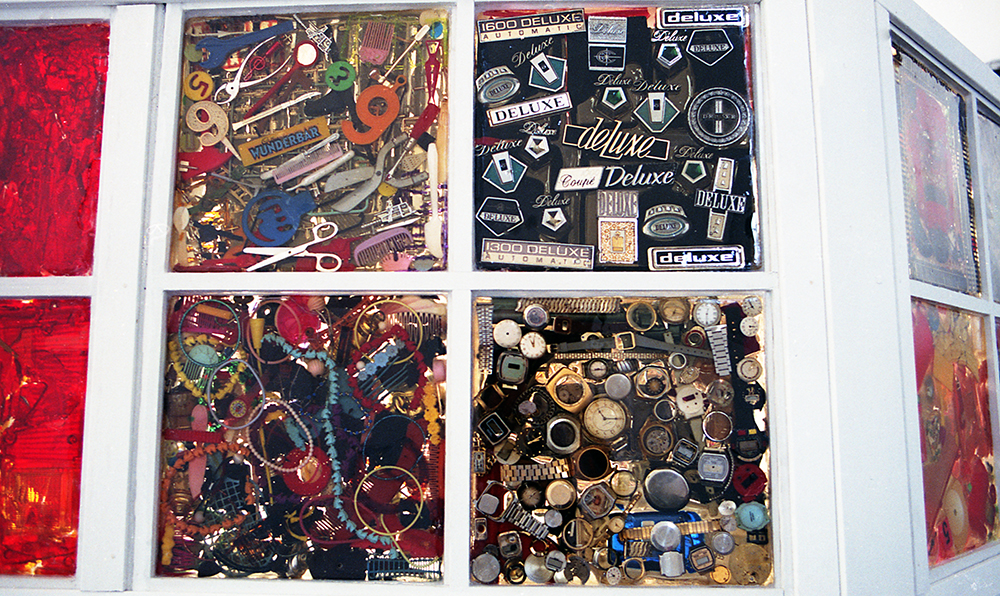




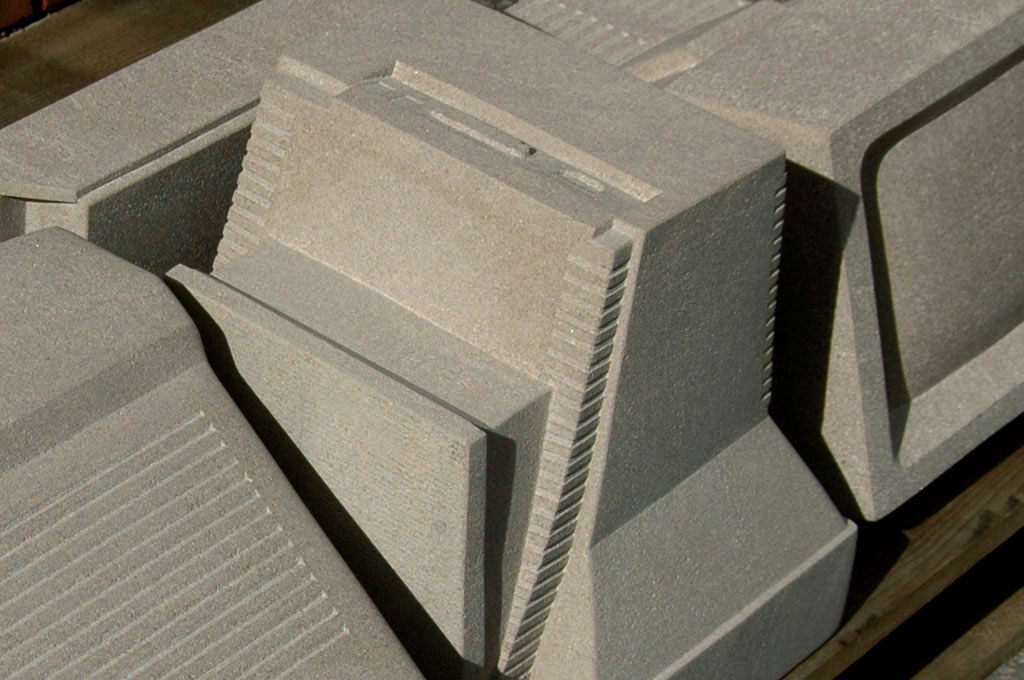
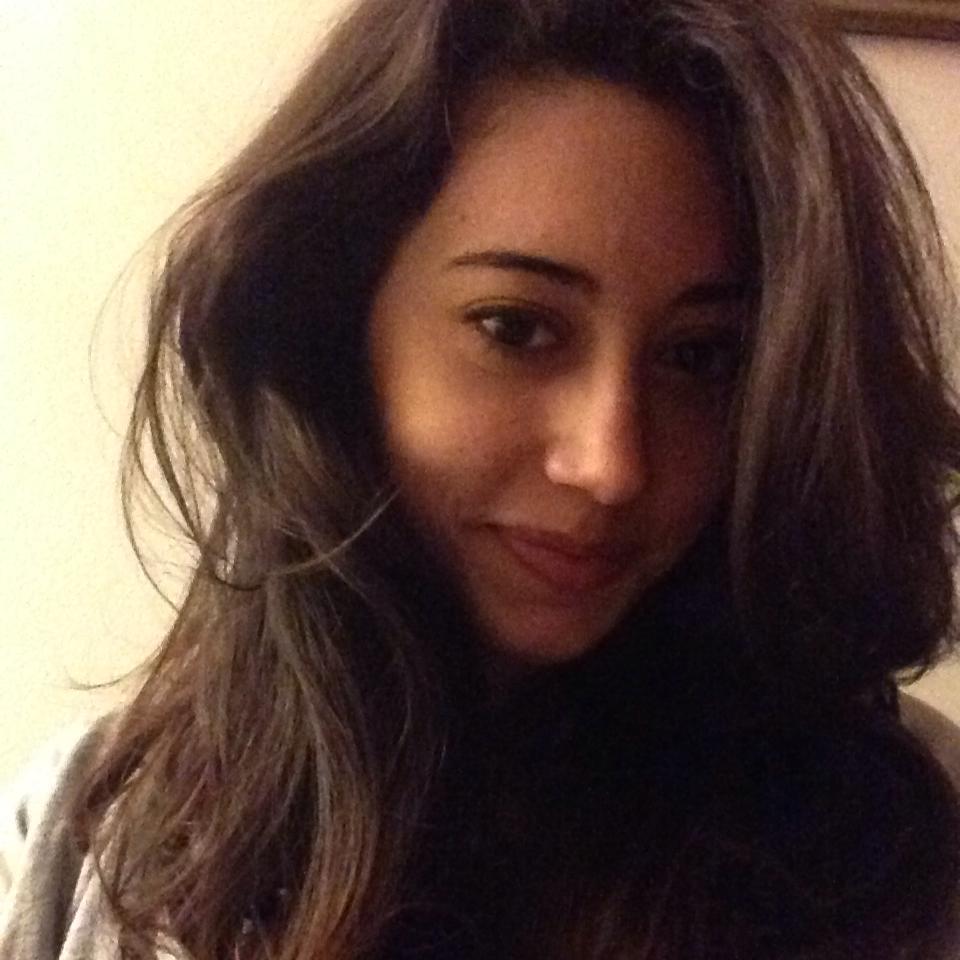
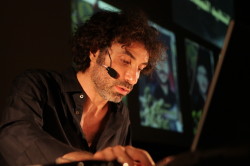
 grunt gallery is happy to announce
grunt gallery is happy to announce 

